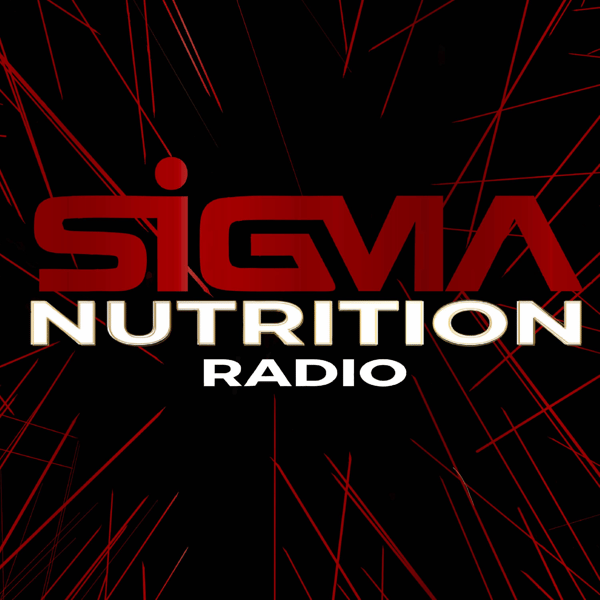#466: Iron Absorption from Foods & Supplements – Prof. Paul Sharp
Sigma Nutrition Radio
Danny Lennon
4.8 • 626 Ratings
🗓️ 3 January 2023
⏱️ 61 minutes
🧾️ Download transcript
Summary
Iron deficiency is a prevalent issue. Worldwide, it is the leading nutritional deficiency. And although there is lower prevalence in high-income countries, a significant number of people are still affected.
Iron deficiency may be a result of too little iron coming in (i.e., via diet choices or low absorption), or from excess losses (e.g., commonly from blood losses). Understanding how these can impact iron status is crucial for both accurate diagnosis and treatment.
In relation to dietary iron, the source of iron is a common talking point, as there are two forms of iron that we can consume. Heme iron is found in meat, fish, and poultry, while non-heme iron is found in plant foods. It is known that heme iron is more readily absorbed than non-heme iron. However, there is much more to this story that makes things complicated.
To discuss some of the nuances of iron bioavailability, absorption, and metabolism, leading expert in the area Professor Paul Sharp of King’s College London is on the podcast. Prof. Sharp discusses crucial aspects of dietary iron sources, bioavailability, supplementation, and impacts in the body.
Links:
Transcript
Click on a timestamp to play from that location
| 0:00.0 | Hello and welcome to Sigma Nutrition Radio. This is episode 466 of the podcast. My name is Danny Lennon, and you are very welcome to the |
| 0:24.4 | podcast, or you're very welcome back to the podcast if you are indeed a regular listener. |
| 0:29.1 | And today we're going to be talking all about dietary iron. And I think this is going to be a fascinating |
| 0:34.5 | discussion that I think you're really, really going to enjoy. |
| 0:42.6 | For those of you who caught our previous episode of the podcast, we discussed a lot of aspects around iron status, iron biomarkers, clinical diagnosis of iron deficiency or iron overload, some of the |
| 0:50.8 | treatment options, and many things from a clinical perspective, as well as |
| 0:54.4 | looking at testing and biomarkers, as well as just aspects of iron homeostasis and functions |
| 1:00.3 | of iron within the body. So that should serve as a really nice basis to dive into some of the |
| 1:05.4 | aspects of dietary iron specifically today. Now, of course, you can listen to today's episode as a solo |
| 1:13.3 | episode on its own. So if you haven't listened to our previous episode, do not worry. You |
| 1:17.6 | will still be able to completely get through this episode. No problem. It works completely |
| 1:22.2 | fine as a standalone episode. However, listening to our previous episode, as well as our upcoming episode next week, |
| 1:29.8 | which is also going to be on the topic of iron, in combination, should hopefully really |
| 1:34.0 | allow you to understand this in a much more detail, and they should all fit together and build |
| 1:39.1 | nicely between each other. So if you do find this topic interesting, I'd recommend going back |
| 1:43.8 | and listening to the previous episode at some point, I'd recommend going back and listening to |
| 1:44.4 | the previous episode at some point, but again, you don't have to listen to these in sequence. |
| 1:49.7 | This will be able to stand on its own today. So like I said, in this episode, we're going to be |
| 1:55.6 | talking about dietary iron specifically, but we'll also be getting into some of the mechanisms |
| 2:00.6 | and bioavailability, |
| 2:02.5 | absorption, homeostasis as well. And I'm going to be talking with Professor Paul Sharp, |
| 2:08.2 | who is Professor of Nutritional Sciences and Head of Department of Nutrition and Dietetics |
... |
Please login to see the full transcript.
Disclaimer: The podcast and artwork embedded on this page are from Danny Lennon, and are the property of its owner and not affiliated with or endorsed by Tapesearch.
Generated transcripts are the property of Danny Lennon and are distributed freely under the Fair Use doctrine. Transcripts generated by Tapesearch are not guaranteed to be accurate.
Copyright © Tapesearch 2025.

